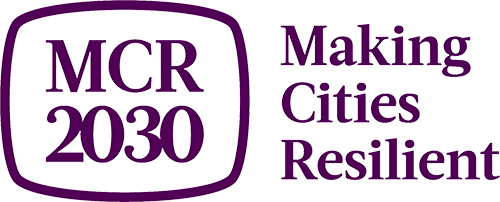A plan from vulnerability to resilience
Reducing risk and building resilience is a journey. The MCR2030 programmatic approach is built around a three-stage ‘resilience roadmap’ that guides cities on how to improve resilience overtime. The resilience roadmap is flexible and iterative, cities can enter MCR2030 at any stage gaining access to a range of tools and technical advisory inputs delivered by different partners. Cities make commitments to demonstrate progress along the resilience roadmap.
Cities can progress onto the next stage as their needs and commitments to MCR2030 evolve over time and as they reach the milestones, based on set criteria and pledged commitments. The goal of MCR2030 is to move cities to the end of Stage C, where they have mainstreamed DRR/resilience, and focus on monitoring and evaluation, to ensure they maintain the level of resilience achieved.

From the Experience Sharing Workshop: Making Cities Sustainable and Resilient, 4 to 8 March 2018 (Tejas Tamobhid Patnaik / UNDRR)
How to move forward
The resilience roadmap
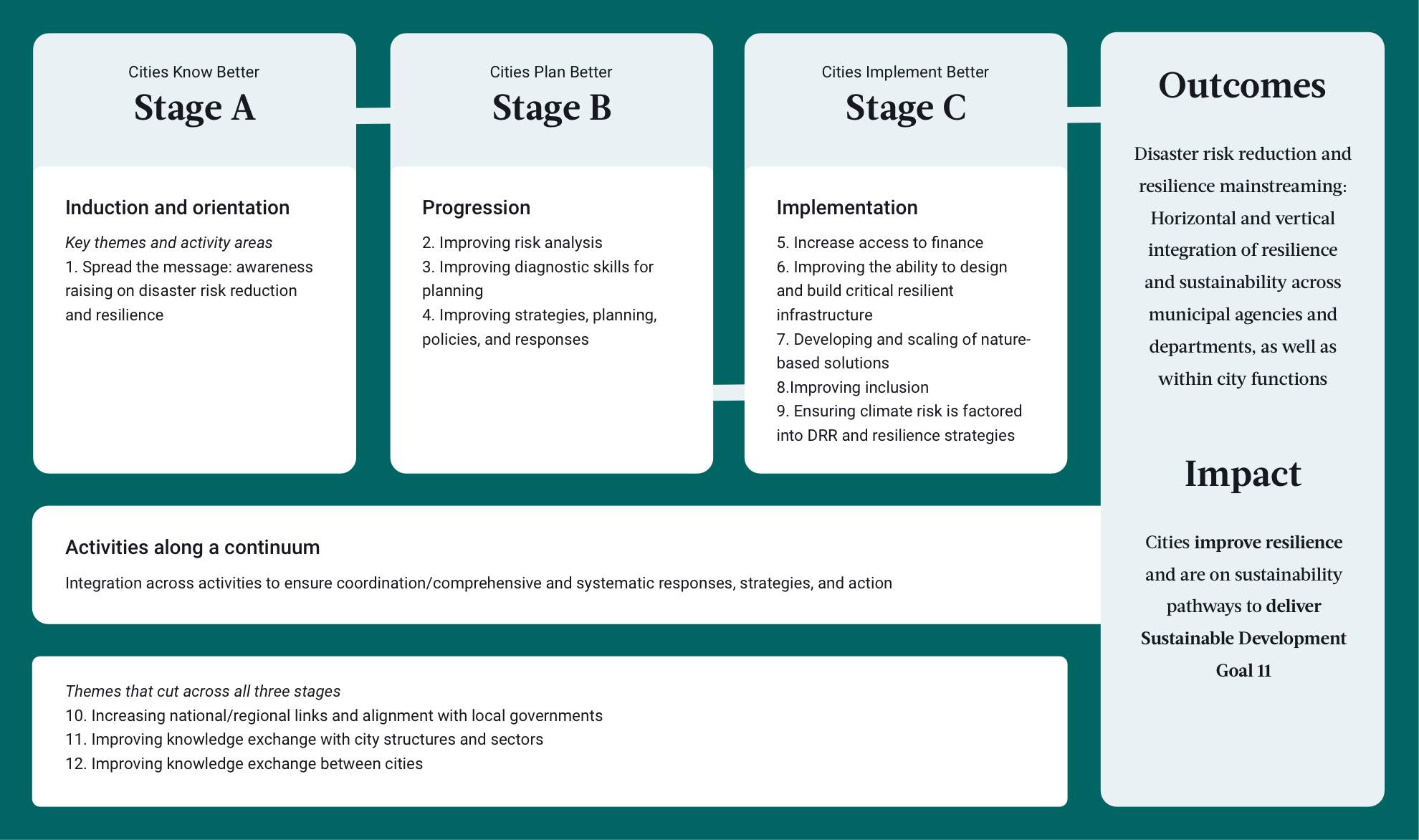
Stage A - Cities Know Better
Stage A focuses on enhancing cities’ understanding on risk reduction and resilience. Stage A cities are committed to move along the resilience pathway to develop and implement DRR and resilience strategy by firstly raising awareness around DRR and resilience and bringing relevant city actors and the public on board with the city’s plans for DRR and resilience.
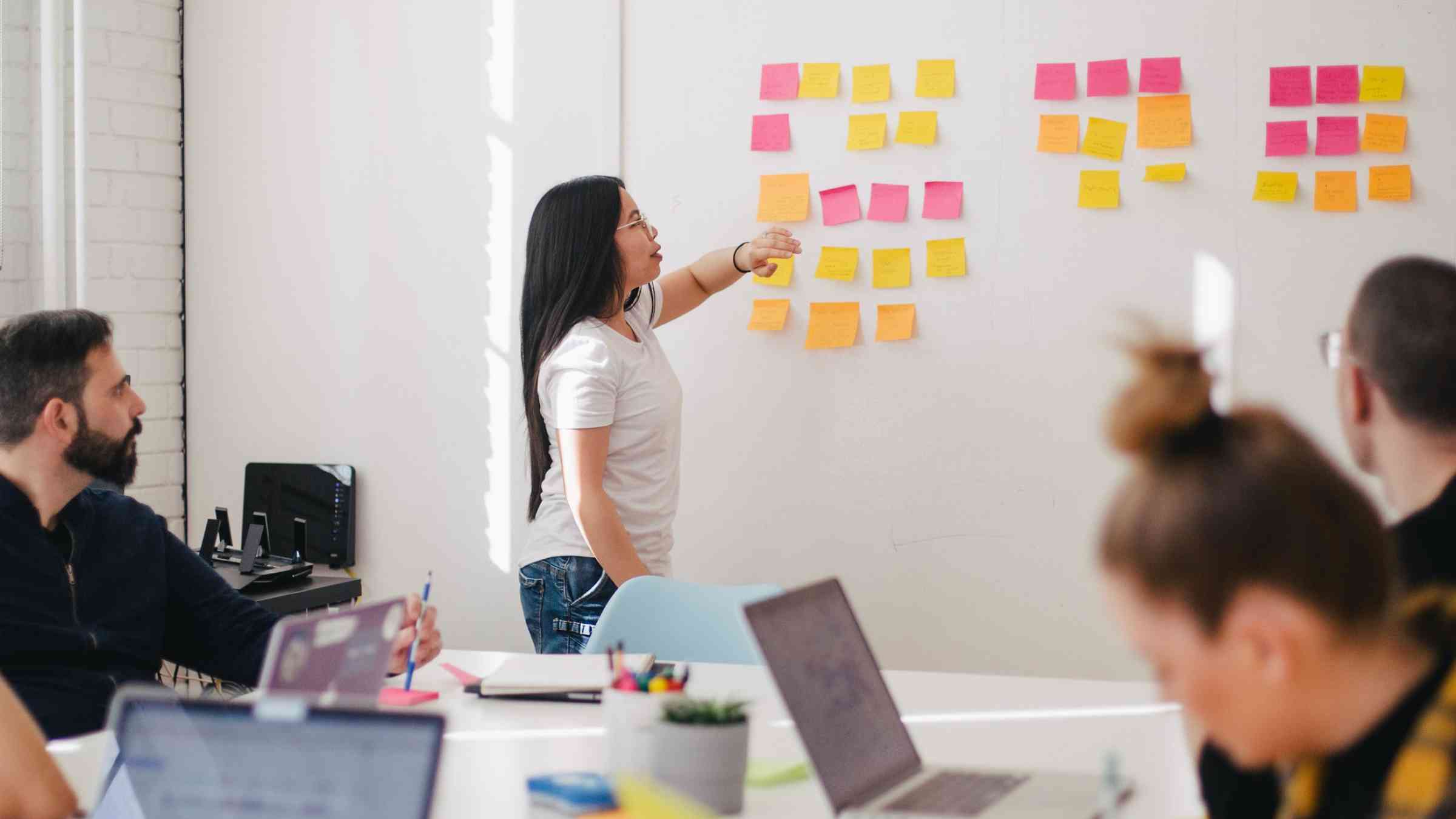
Stage B - Cities Plan Better
Stage B cities will initially focus on improving assessment and diagnostic skills, increasing alignment between local strategies with national and regional strategies, and improving early-stage strategies and policies. Stage B cities may have had some early successes and momentum towards achieving DRR, sustainability and resilience improvements, and have some form of strategy to address disasters but may not yet incorporate risk reduction or preventive measures. The cities must demonstrate the commitment to move towards development or refinement of a DRR and resilience strategy and ensure development plans are risk-informed.
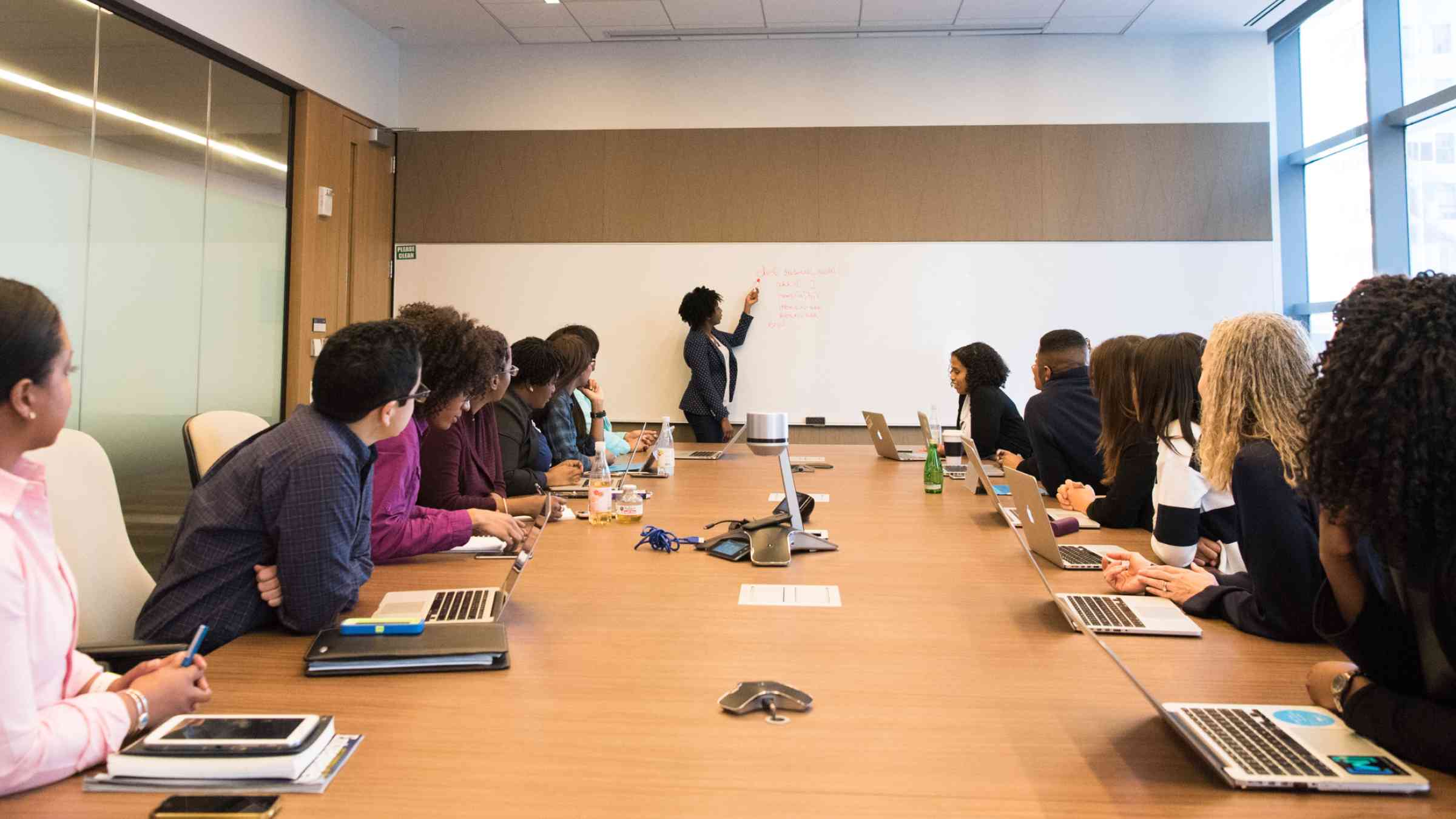
Stage C - Cities Implement Better
Stage C of the resilience roadmap focuses on supporting cities in the implementation of risk reduction and resilience actions. Cities in this stage have a relatively robust DRR, resilience and sustainability plan in place and may be in the early stages of implementation or already working towards mainstreaming the DRR/resilience strategy and activities across its governments’ structure. These cities will be initially focused on improving their cross-sector governance structure, increasing their ability to access finance and to design and deliver resilient infrastructure, developing nature-based solutions and improving inclusion, and must demonstrate commitment to implement and mainstream DRR and resilience across all sectors and to share experiences with others. Cities certified with ISO37123 - Sustainable cities and communities will automatically join this stage.
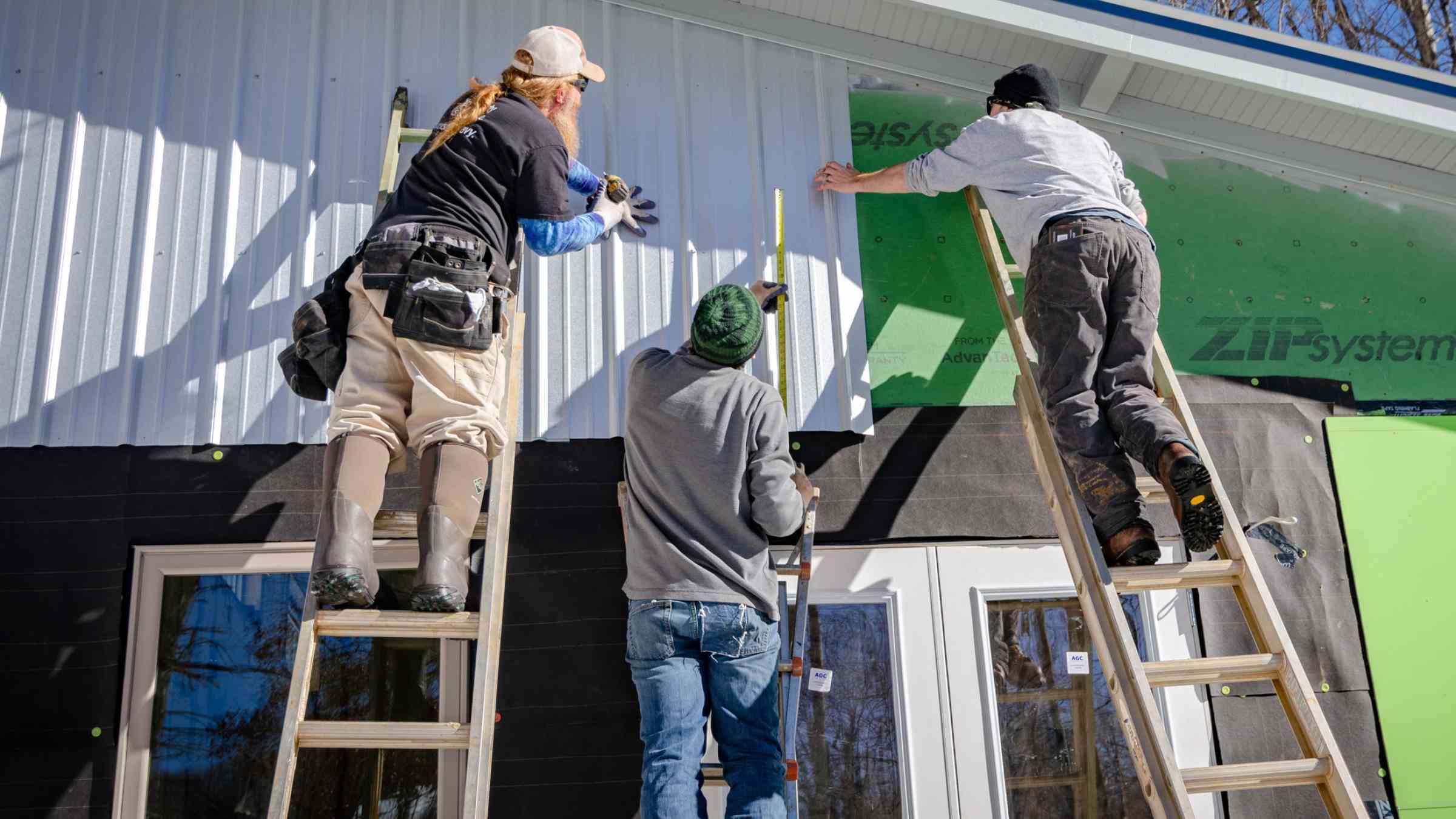
The 2030 Agenda for Sustainable Development, the Paris Agreement on climate change, the Sendai Framework for Disaster Risk Reduction and the New Urban Agenda together provide a roadmap for a more sustainable and resilient world. How our cities develop will have significant implications for realizing the future we want.
How does the resilience roadmap help me?
The resilience roadmap supports our understanding that resilience building is a process and that the resilience journey of a city is unique. Cities are at different stages in this resilience journey: some may just be starting out while others may be advanced. Cities will need different type of support and access to different tools at different stages. The resilience roadmap helps cities understand where they are on this resilience journey and know what to do to reduce risks and improve resilience, and progress further to ensure the cities are safe, resilient, and sustainable. Using the resilience roadmap, cities can enter MCR2030 at any time and can access the services that are relevant to their progress.
The resilience roadmap not only helps cities to understand the pathway to resilience more clearly, but it also helps partners match their tools, guidance, and support and classify them into 12 thematic areas relevant to the needs of cities at different stages of the resilience roadmap.
Vertical links
MCR2030 aims to strengthen the vertical linkage between local governments and national entities, horizontal linkage among cross-sectoral and cross-stakeholders within the city, as well as the linkages between cities within and across the regions. At all three stages, cities will be encouraged to engage with the national governments and national associations of municipalities and to ensure broader stakeholder engagement. Cities will be encouraged to develop and engage with a practitioner’s network and a coalition of partners at the local level. The coalition will ensure long term sustainability of the work to reduce risks and increase resilience.
- strengthening vertical links between local government with the national governments and national associations of local governments
- strengthening horizontal links amongst local partners to ensure sustainability
- connecting cities with cities to learn and share

Enabling national-local linkages
The MCR2030 will endeavour to better connect the local and national governments. Ensuring that local DRR and resilience strategies and resilience building plans are not developed and implemented in isolation to regional and/or national DRR and resilience strategies is essential. Risks know few boundaries and are often likely to have impacts beyond city levels. City rules and regulations around building resilience should also be aligned with regional and national ones. The UN and its partners will work with national governments to ensure better institutionalization of urban risk reduction and resilience programs at the national urban ministry level, to ensure national support to local governments. The MCR2030 will also work with national associations of local governments and establish necessary links and coordination with regional and national agencies and specialists.
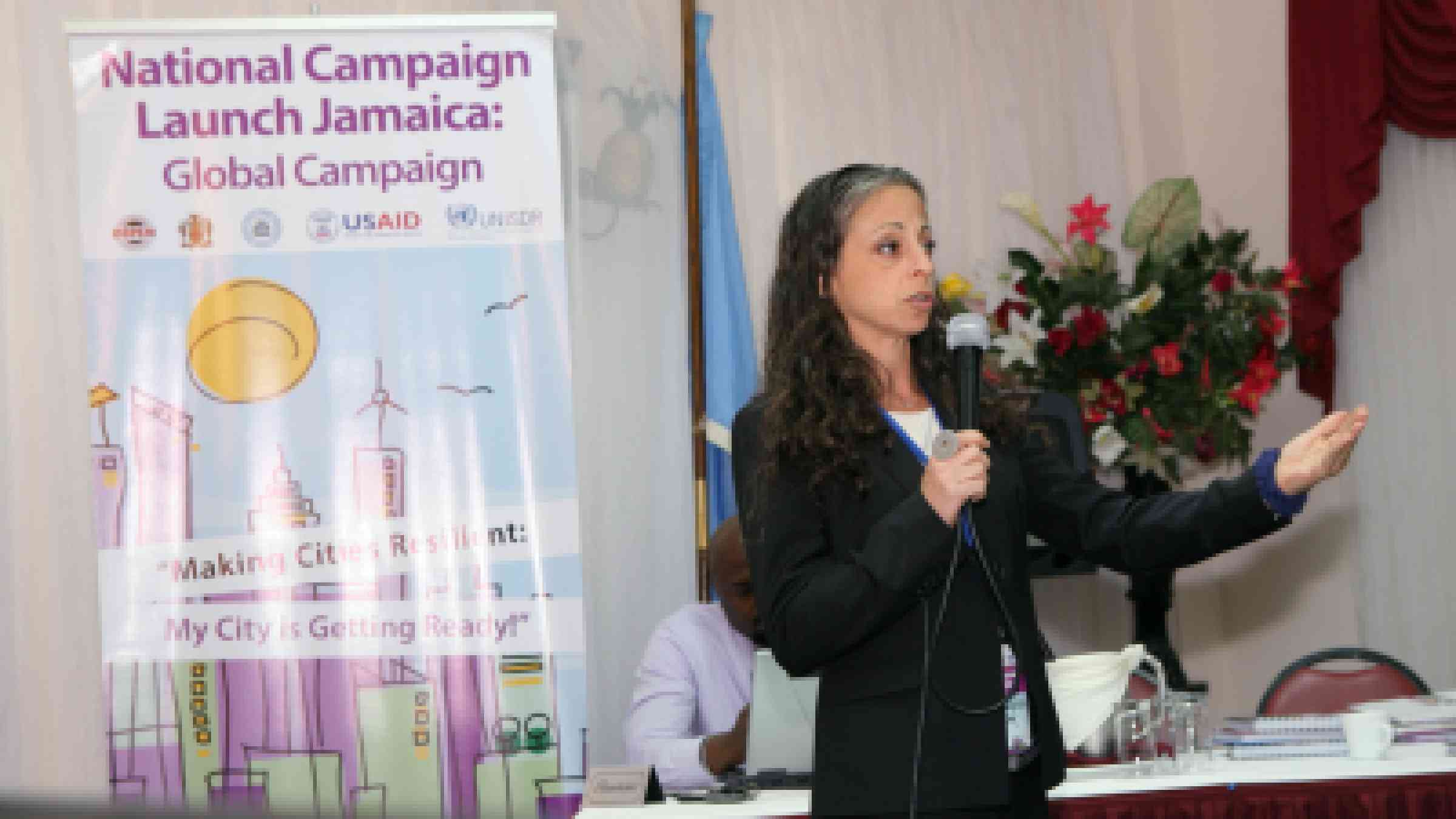
Horizontal links
Multi-sectoral and multi-stakeholder engagement and commitment are essential to sustain resilience of cities. MCR2030 will support strengthening a coalition of local partners from government offices to citizen representatives, vulnerable groups, academia, media, private sectors, etc. Such a coalition helps foster cooperation and can sustain resilience efforts even with the change in political leaders.
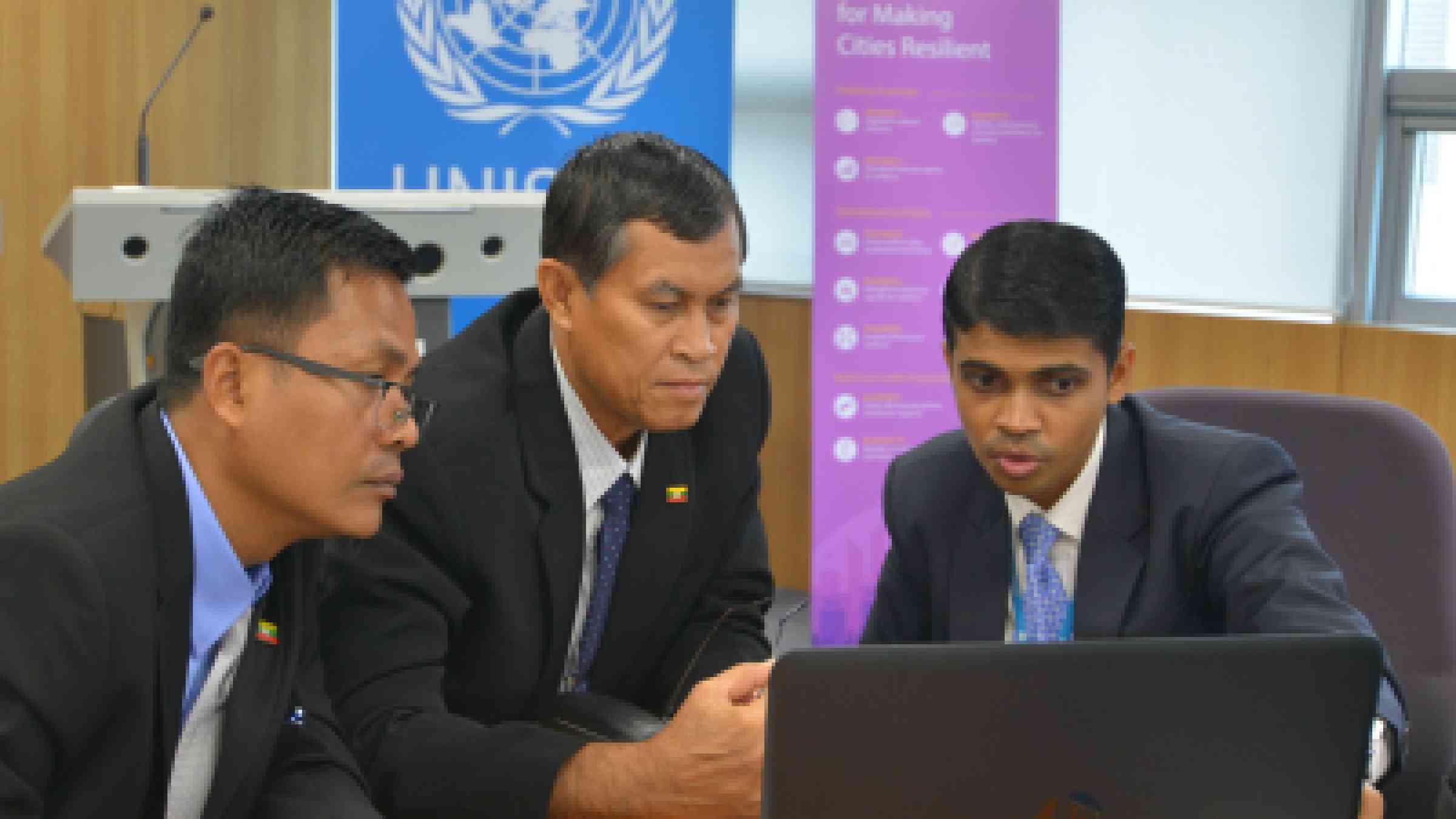
Promote city-to-city learning
Peer-to-peer learning has proved to be one of the most effective ways to achieve local resilience throughout the duration of the MCR Campaign and as witnessed by similar initiatives. Continuing and enhancing this culture of peer-to-peer learning in MCR2030 will help cities to implement their initiatives with minimal disruption and allow DRR and resilience strategies to be expedited. MCR2030 will host regular learning opportunities that allow cities to bring together everyone involved for joint knowledge exchange exercises. Cities will be supported to access information, through the MCR2030 website and PreventionWeb, and websites of partners.
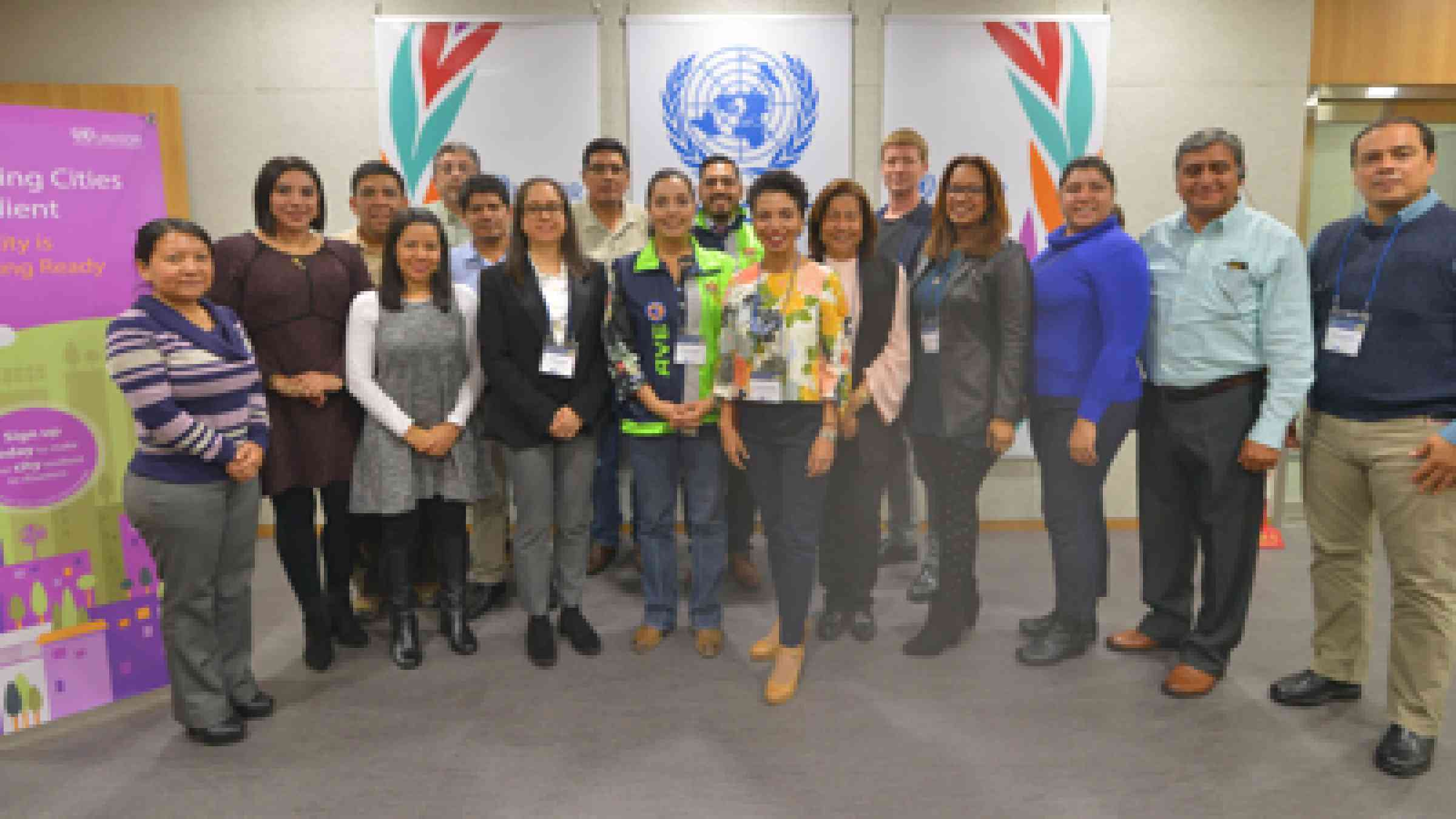
How can my city get started on the road to resilience?
No matter the size of your municipality—from dozens of residents to tens of millions—or your resources, resiliency is possible. Cities are leading the change on disaster risk reduction.
Take the stage assessment for concrete commitments and next steps your city can take, as well as tools and resources you can use.
No matter the size of your municipality—from dozens of residents to tens of millions—or your resources, resiliency is possible. Cities are leading the change on disaster risk reduction.
Take the stage assessment for concrete commitments and next steps your city can take, as well as tools and resources you can use.
